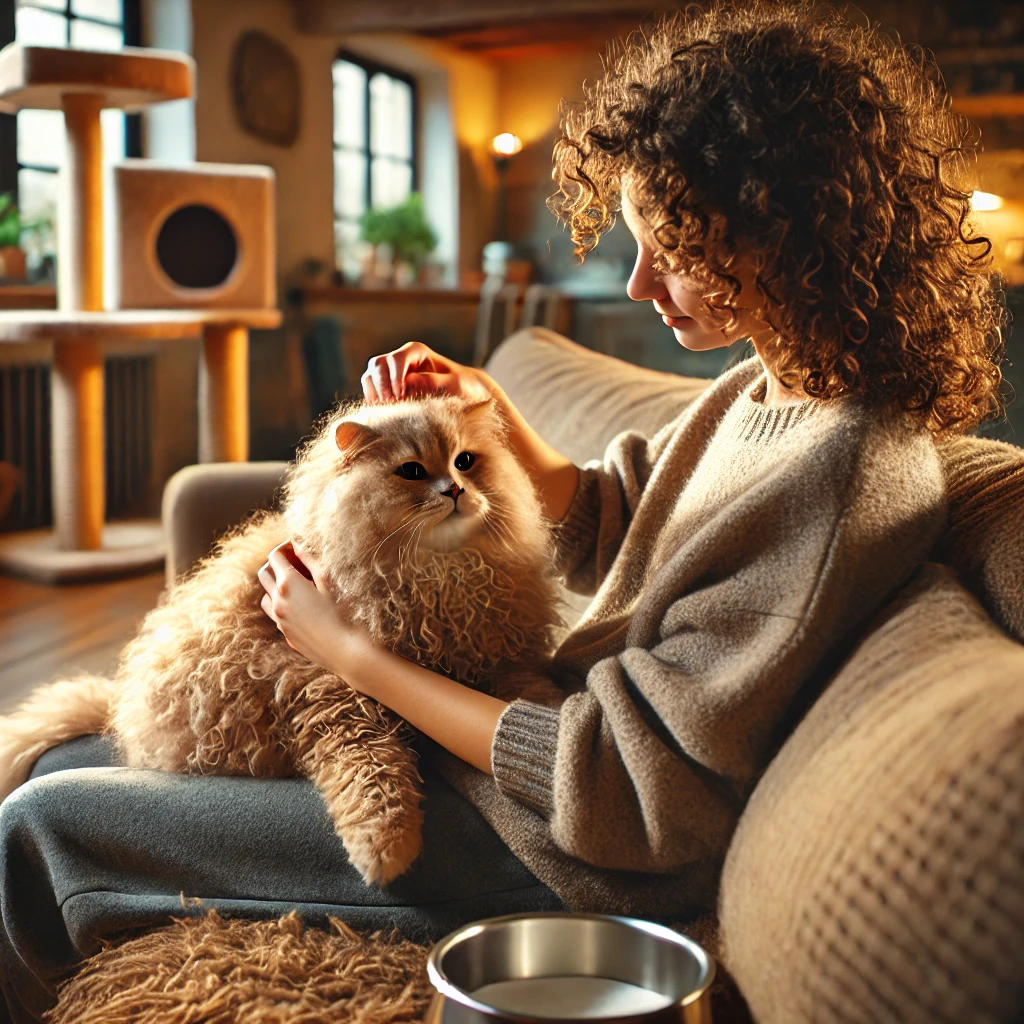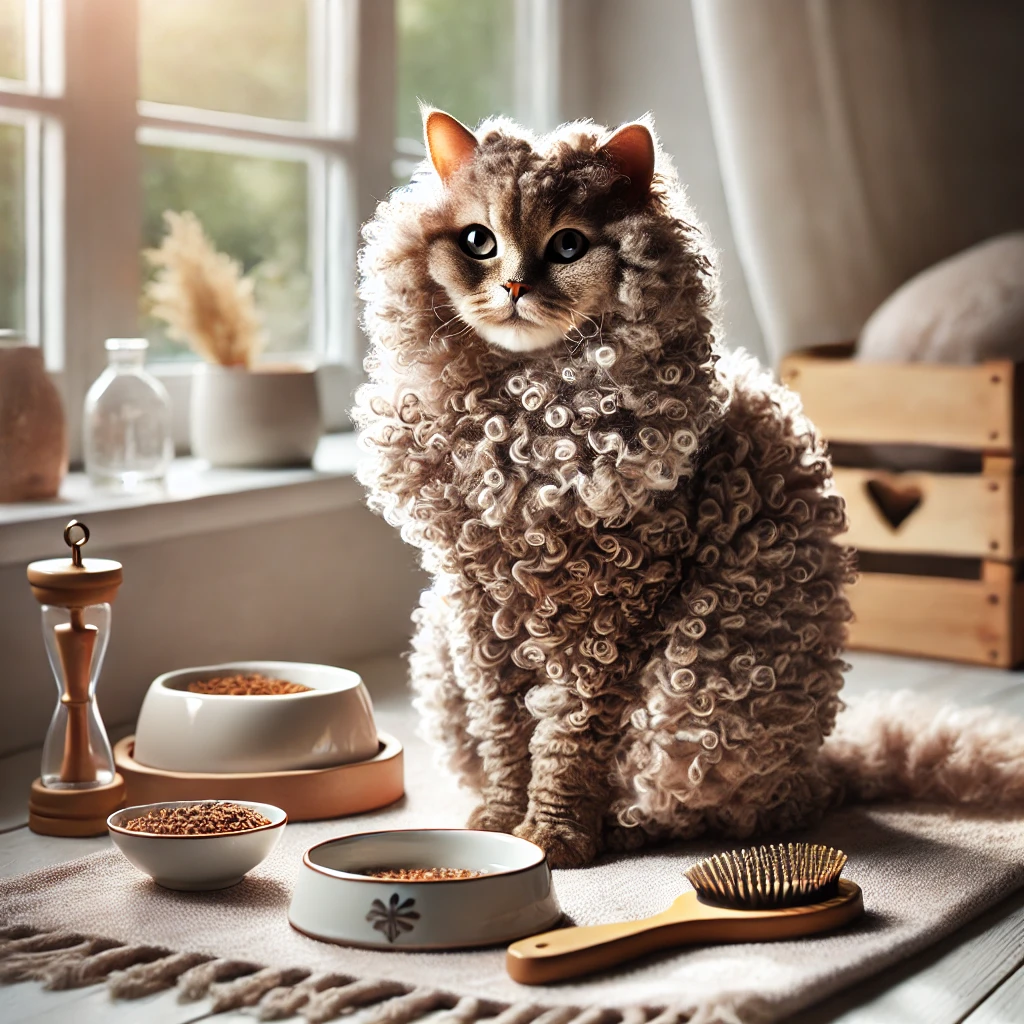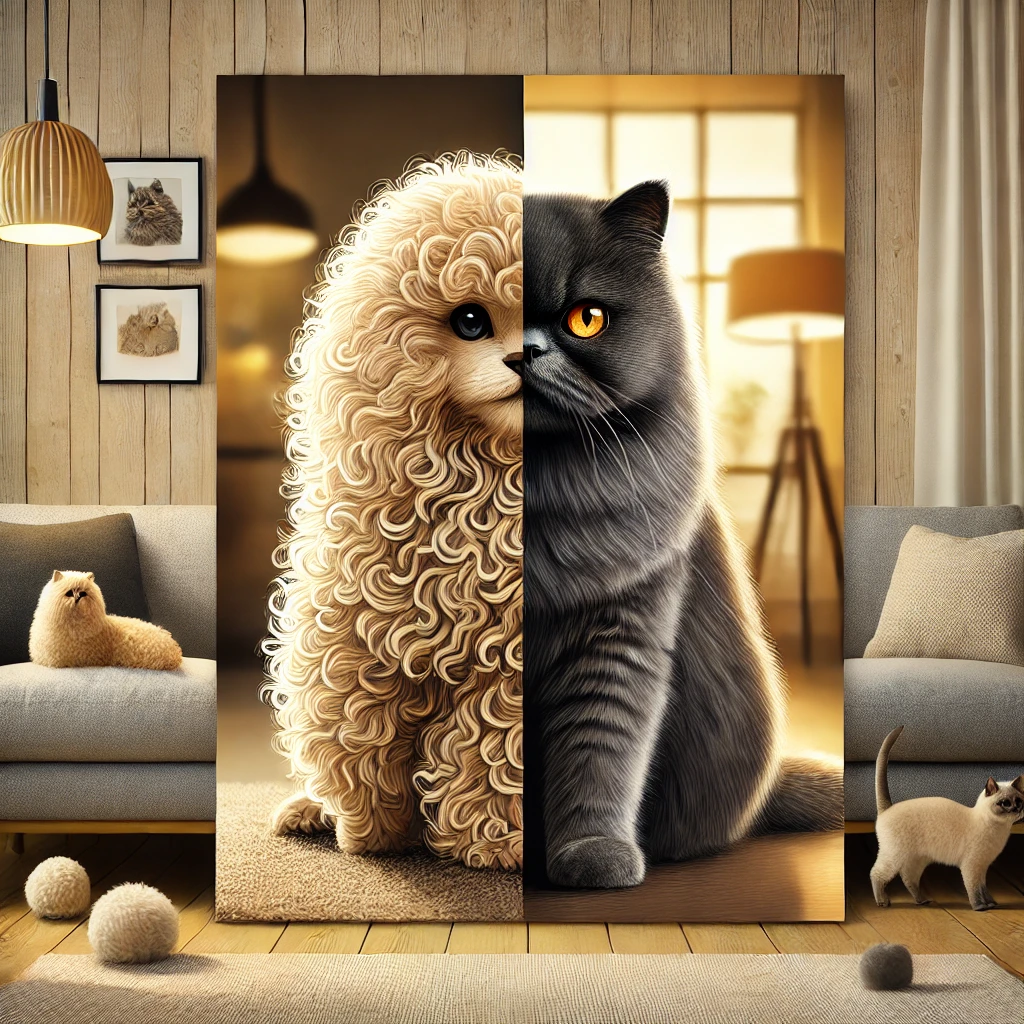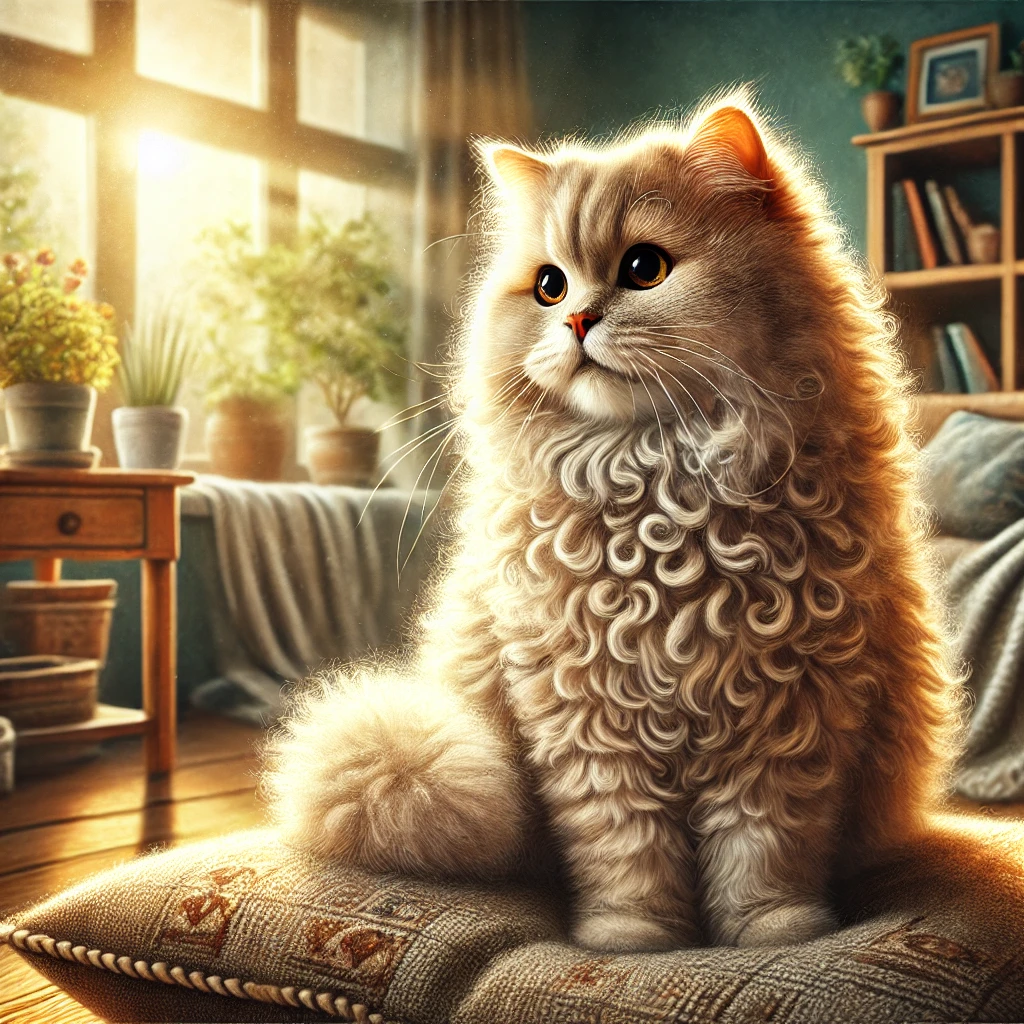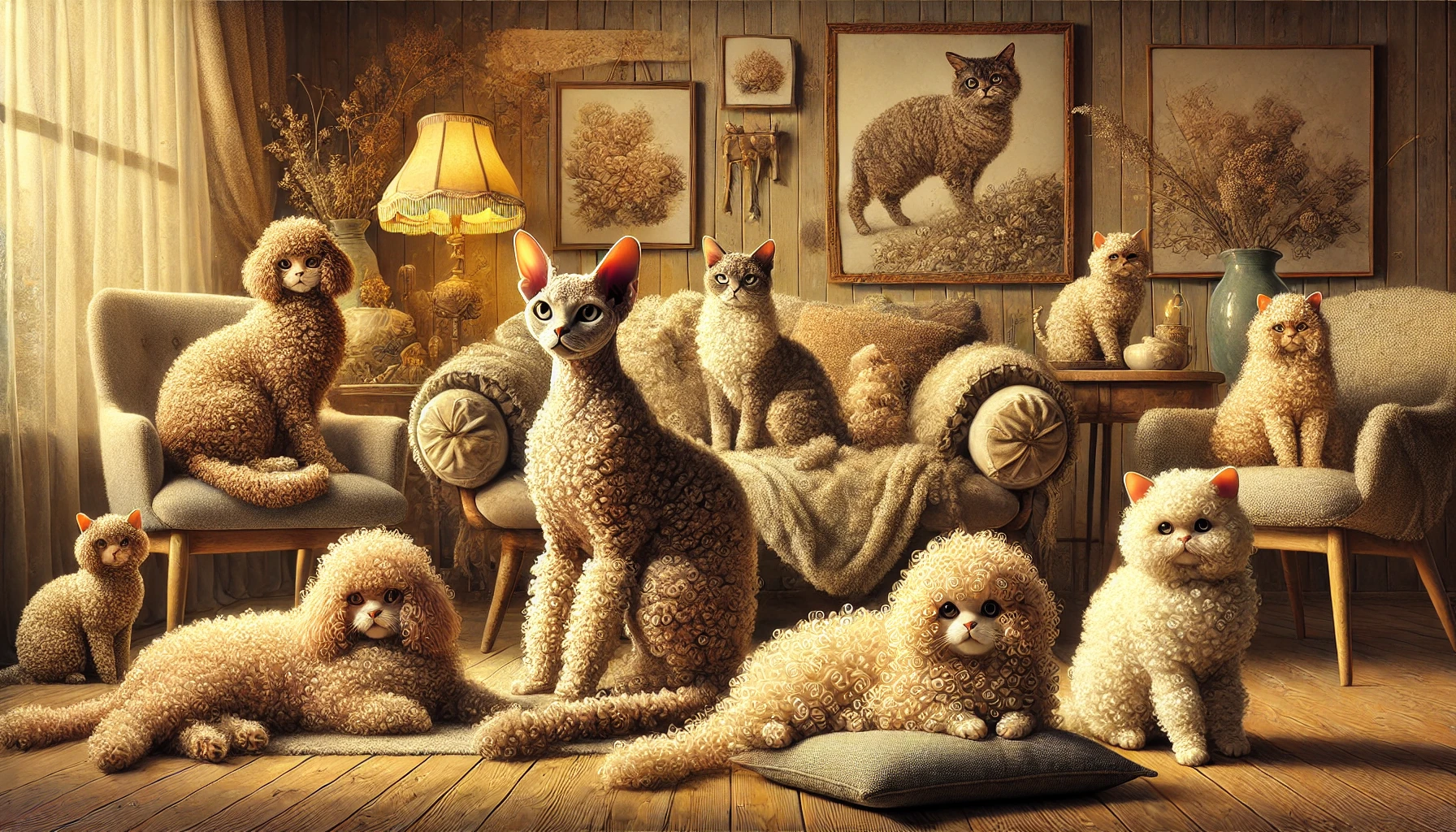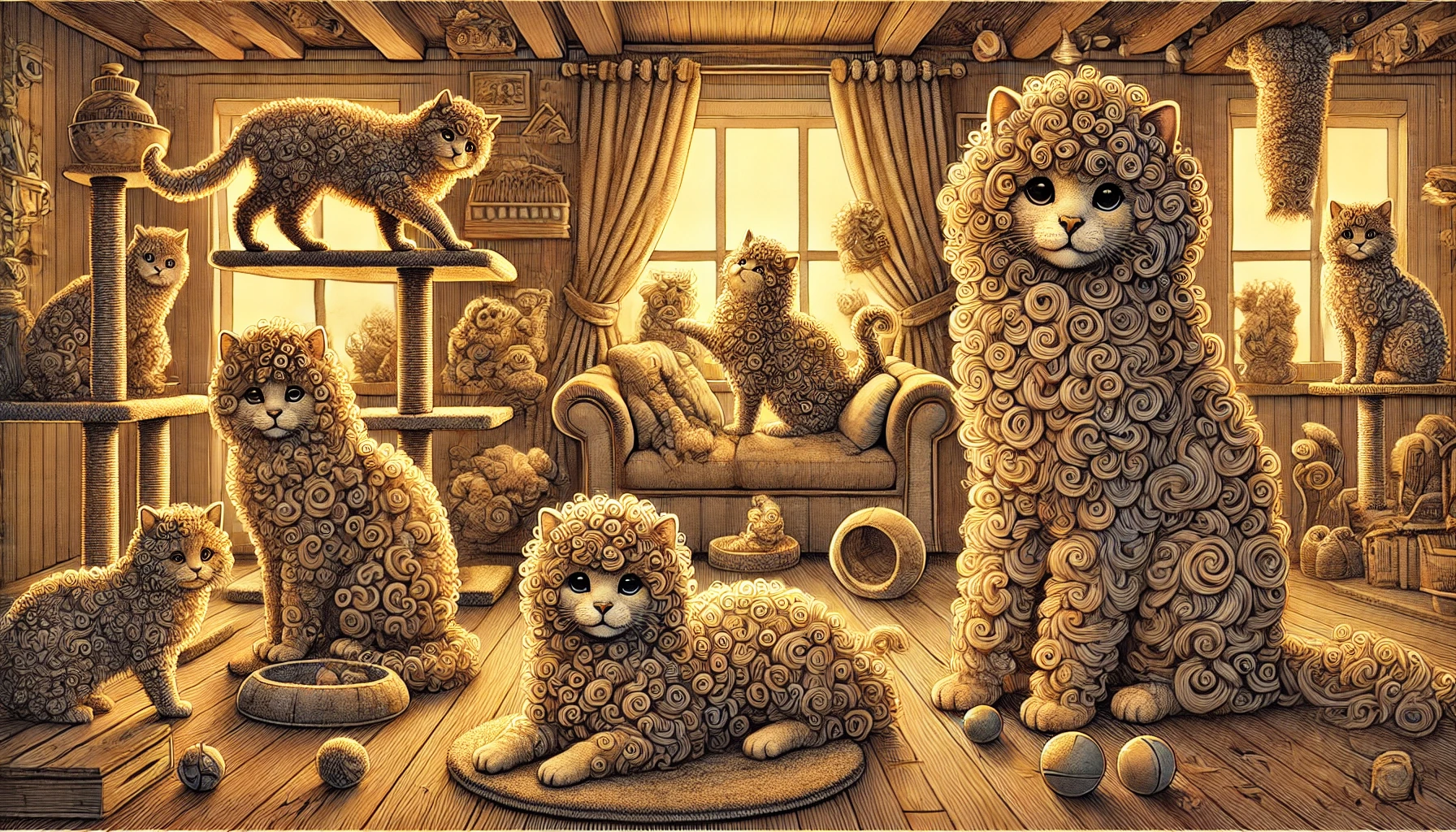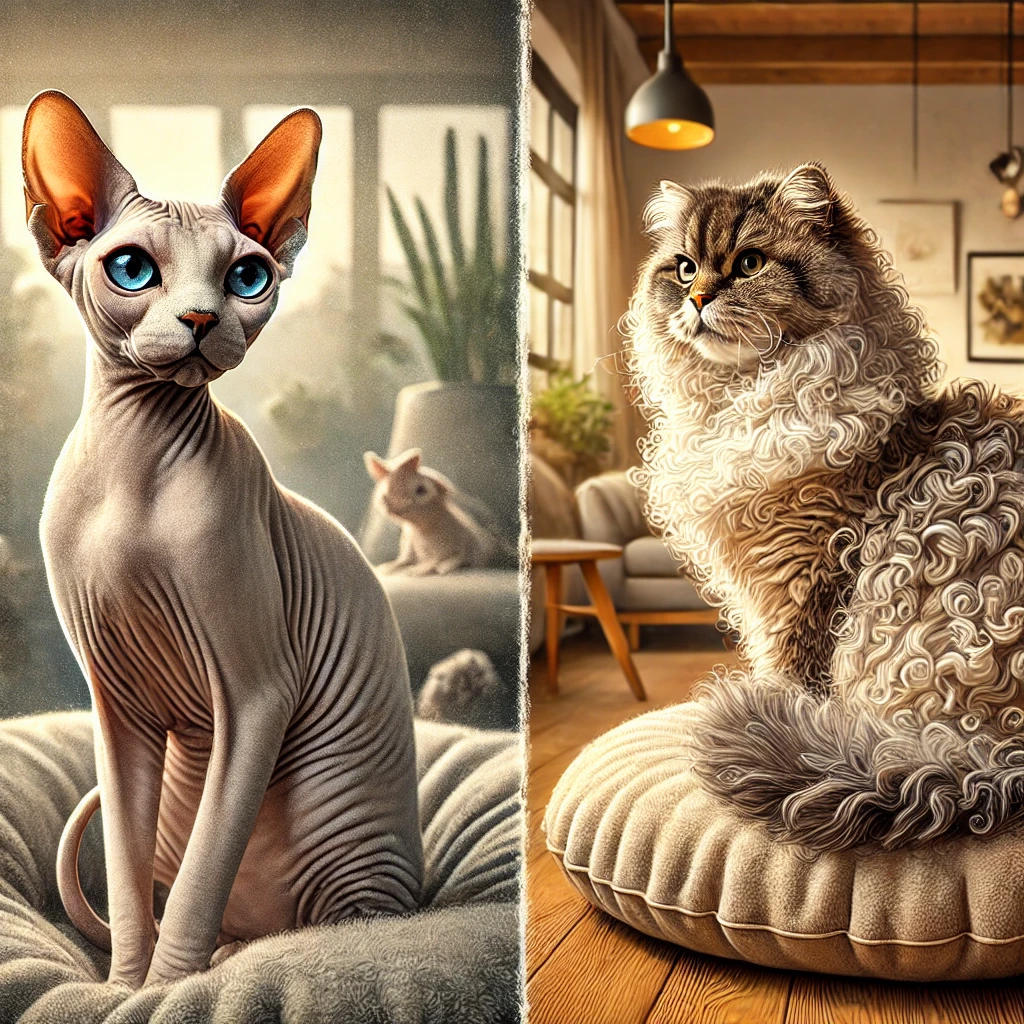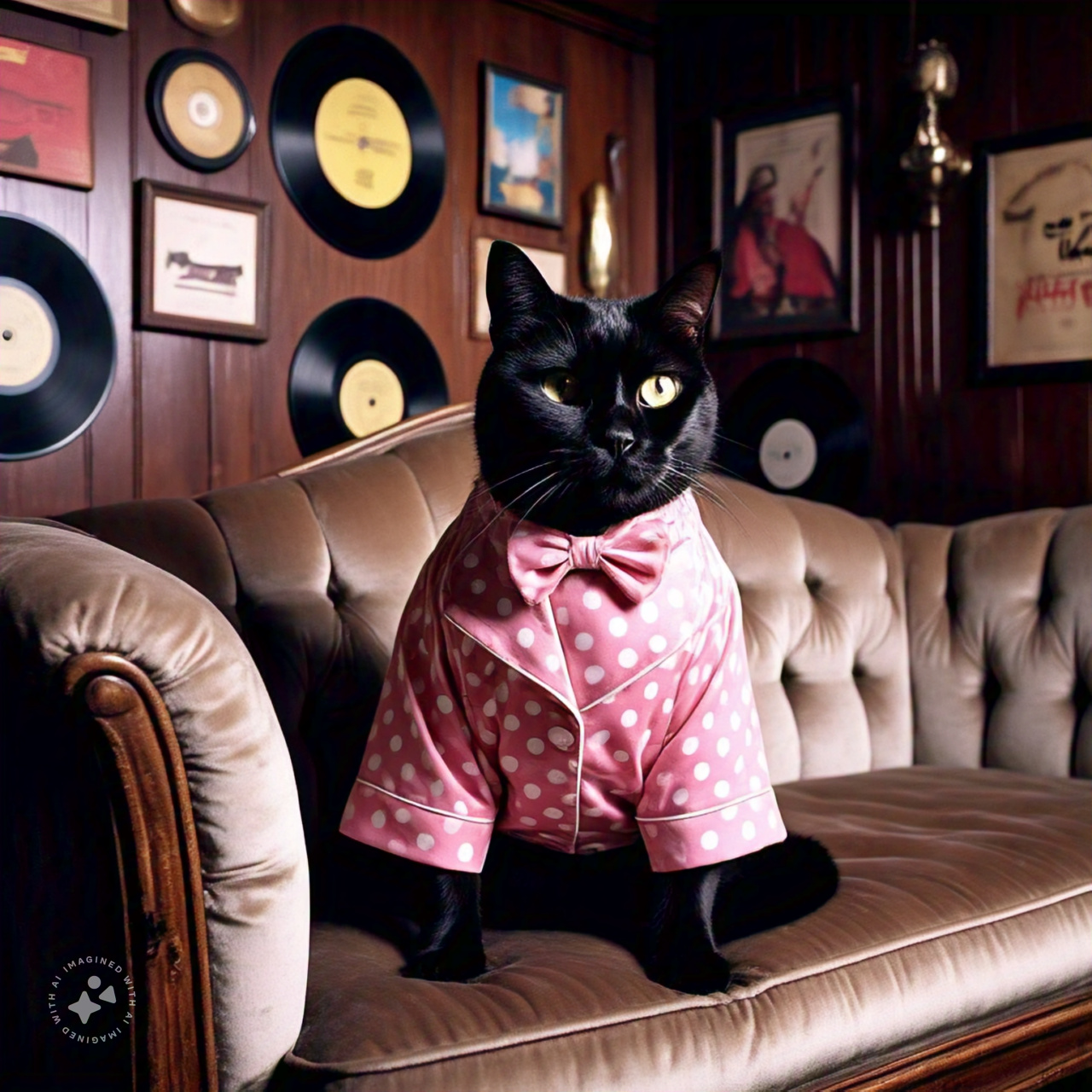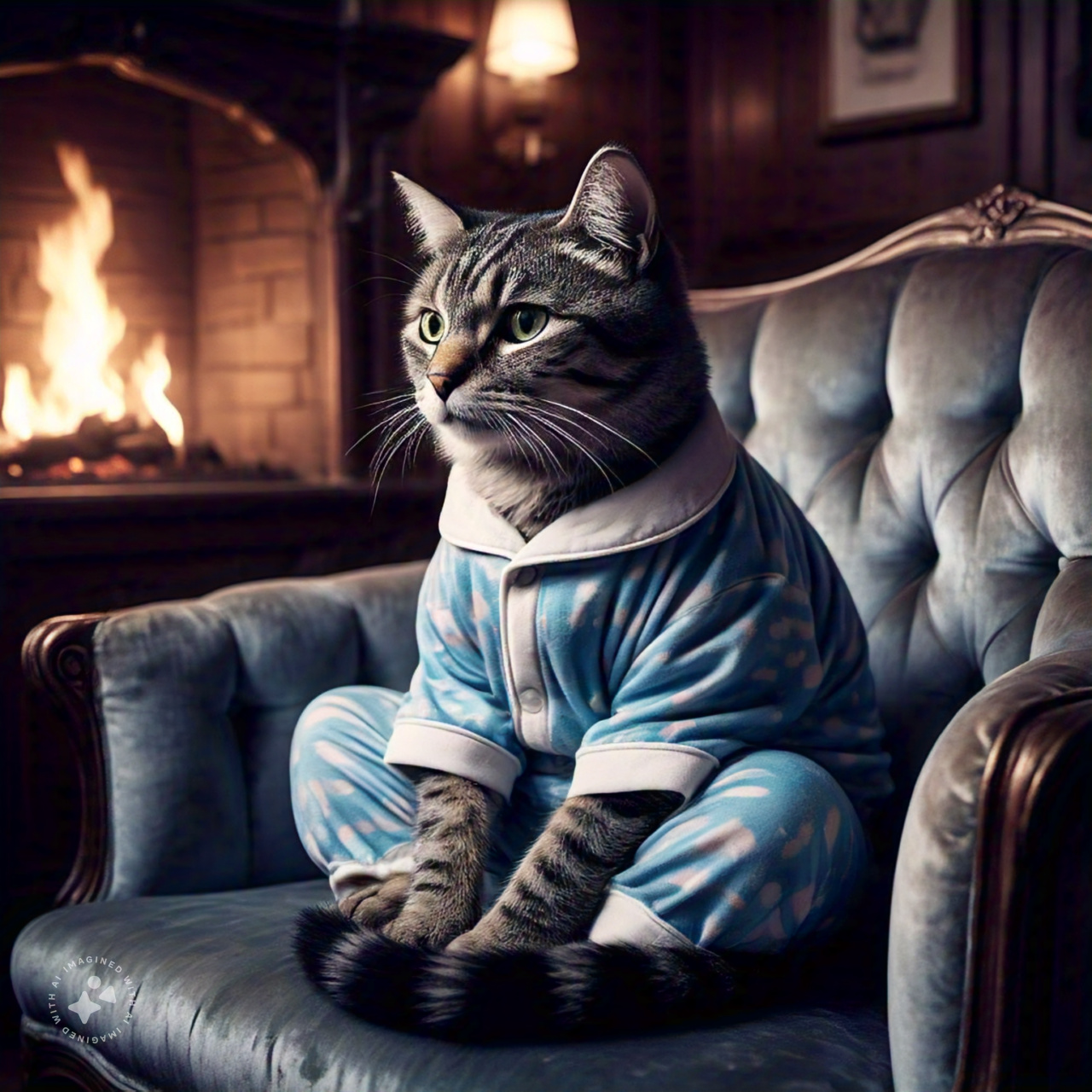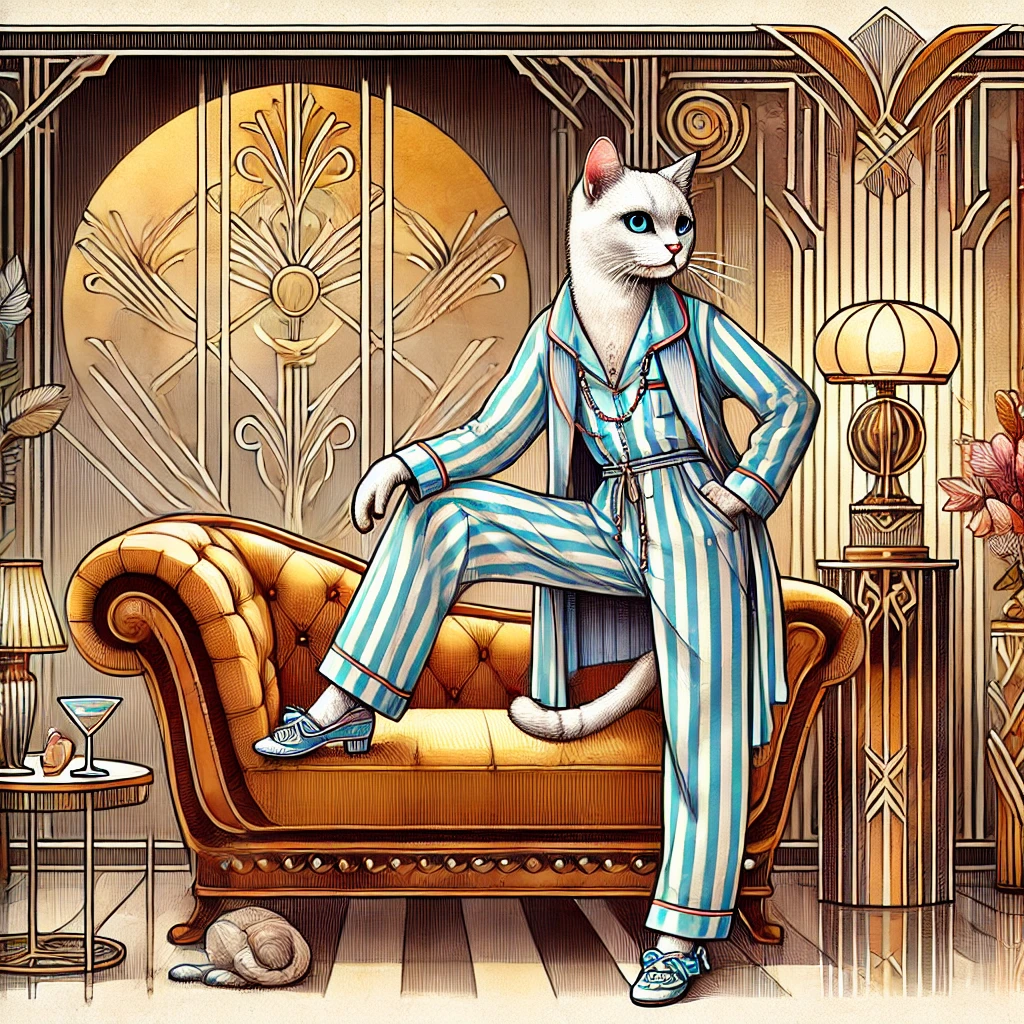The Charm of Vintage Slang and Its Timeless Appeal
In today’s world, slang terms come and go with the ever-evolving tide of language. However, some expressions, despite being rooted in the past, continue to hold a certain charm and intrigue. Among these, the phrase “the cat’s pajamas” stands out as one of the most enduring and endearing examples of vintage slang. While it may sound quaint or even humorous to modern ears, this term once represented the epitome of coolness, sophistication, and trendiness. It was a phrase that captured the spirit of its time and continues to evoke a sense of nostalgia for those who appreciate the rich history of language.
The early 20th century was a period marked by significant cultural changes. From the jazz age to the rise of Hollywood icons, the 1920s and 1930s were a time when new expressions and phrases were born to reflect the rapidly changing world. “The cat’s pajamas” was one such phrase that made its mark during this era, and despite its antiquity, it still resonates today. But what makes this vintage expression so special? Why has it endured while other slang terms have faded into obscurity? This article will explore the history, usage, and cultural significance of “the cat’s pajamas,” examining why it remains the bee’s knees of vintage slang.
The Origins of ‘The Cat’s Pajamas’
The first step in understanding the enduring appeal of “the cat’s pajamas” is to explore its origins. Like many vintage slang expressions, its precise beginnings are somewhat murky. However, the phrase is generally believed to have emerged in the 1920s, during a period of linguistic innovation in the United States. The Jazz Age was a time when young people, particularly those in urban centers like New York and Chicago, began experimenting with language as a way of asserting their identity and breaking away from the rigid formalities of previous generations.
One popular theory regarding the origin of “the cat’s pajamas” is that it was coined by a famous American humorist named Franklin P. Adams. Known for his witty wordplay and sharp sense of humor, Adams was a member of a group of influential writers known as the Algonquin Round Table. This circle of intellectuals, comedians, and journalists gathered regularly in the 1920s to engage in sharp repartee and clever wordplay. During one of these gatherings, Adams is said to have coined the phrase “the cat’s pajamas” as a playful variation of other similarly whimsical expressions like “the cat’s whiskers” and “the cat’s meow,” which were also popular at the time.
While “the cat’s pajamas” may have originated as a tongue-in-cheek variation of other expressions, it quickly gained traction in mainstream usage. Its appeal lay in its playful, almost nonsensical imagery. After all, who would ever think of a cat wearing pajamas? The absurdity of the idea added to the charm of the phrase, making it memorable and endearing.
The Phrase in Popular Culture
To understand why “the cat’s pajamas” became so iconic, it’s important to consider the broader cultural context of the 1920s and 1930s. This was a time of significant social and cultural change, marked by the rise of jazz music, the flapper movement, and the growth of Hollywood. In this environment, language became a key tool for expressing individuality and rebellion against traditional norms. Young people, in particular, were eager to embrace new forms of expression, and slang became a way to communicate a sense of belonging to a particular subculture.
“The cat’s pajamas” was no exception. It captured the exuberant, carefree spirit of the Jazz Age, when anything seemed possible and the rules of society were often bent or broken. The phrase was used to describe people, objects, or experiences that were considered extraordinary or exceptional. A person who was “the cat’s pajamas” was someone who was stylish, sophisticated, and ahead of their time. In this sense, the phrase became synonymous with being “the best” or “the coolest” – a label that anyone would be proud to wear.
The phrase’s popularity was further fueled by its appearance in popular culture. In the 1920s, it was not uncommon for “the cat’s pajamas” to appear in the lyrics of jazz songs, in the dialogue of films, or in the pages of novels. The widespread use of the term in entertainment media helped cement its place in the lexicon of the time. It became a shorthand for describing something or someone that was truly remarkable or exceptional, a reflection of the zeitgeist of the era.
How ‘The Cat’s Pajamas’ Became Part of Everyday Speech
Despite its somewhat whimsical origins, “the cat’s pajamas” quickly found a place in everyday speech. The phrase’s playful nature made it easy to use in a variety of contexts, whether describing a fashionable person, a new invention, or a particularly thrilling experience. It was versatile, memorable, and easy to say, making it the perfect expression for a generation that valued flair and individuality.
In the years following its debut, “the cat’s pajamas” became a staple of American slang. It was used by people of all social classes, from the high society of Manhattan to the working-class neighborhoods of Chicago. Its widespread usage speaks to its ability to transcend social boundaries and connect people through language. Whether used in casual conversation or as part of a public performance, the phrase became an iconic symbol of the era’s cultural vitality.
Moreover, the phrase was adopted by major figures in entertainment, further cementing its status as a cultural touchstone. Hollywood stars, jazz musicians, and vaudeville performers all began to incorporate “the cat’s pajamas” into their routines and scripts. The phrase’s association with the glamorous, fast-paced world of show business helped reinforce its image as something aspirational, something to be sought after.
The Enduring Legacy of ‘The Cat’s Pajamas’
While the popularity of “the cat’s pajamas” may have waned after the 1930s, its legacy endures. Today, the phrase is often used in a tongue-in-cheek manner, evoking a sense of nostalgia for a bygone era. For those with an appreciation for vintage slang, “the cat’s pajamas” remains a charming reminder of a time when language was rich with creativity and expression.
The phrase has also experienced a resurgence in recent years, as retro trends and vintage culture have become more mainstream. From fashion to music to literature, the early 20th century has enjoyed a revival in popular culture, and with it, expressions like “the cat’s pajamas” have found new life. Whether it’s used ironically or sincerely, the phrase continues to evoke a sense of fun and whimsy that is difficult to replicate in modern slang.
In the end, the phrase “the cat’s pajamas” is more than just a quirky relic of the past; it is a symbol of the enduring power of language to capture the spirit of a time and place. Its ability to adapt to changing cultural contexts speaks to the timeless appeal of vintage slang and its capacity to bring people together through shared expressions. The cat’s pajamas, it seems, will never truly go out of style.
The Cultural Context Behind ‘The Cat’s Pajamas’
To understand why “the cat’s pajamas” holds such a prominent place in the landscape of vintage slang, one must explore the broader cultural shifts that shaped its emergence. The early 20th century, particularly the 1920s, was a period of immense change in America. The phrase was born at a time when societal norms were being challenged, and the country was undergoing a transformation that would redefine its cultural identity. The Roaring Twenties, as this period is often called, was marked by rapid urbanization, economic prosperity, and the rise of a youthful, rebellious spirit. It was in this environment that new expressions and ideas began to flourish, and “the cat’s pajamas” emerged as a fitting reflection of the times.
The Jazz Age, as it was also known, was characterized by an explosion of creativity in art, music, and fashion. Jazz music, with its improvisational style and lively rhythms, became the soundtrack of the era. The flapper, a young woman who rejected traditional gender roles in favor of more liberated behaviors, epitomized the spirit of the times. This era also saw the rise of Hollywood, where film stars became the new icons of culture. The birth of the “roaring” lifestyle, with its emphasis on enjoyment, self-expression, and freedom, provided the ideal backdrop for the creation and popularization of phrases like “the cat’s pajamas.”
The phrase itself was part of a broader trend in 1920s slang, which often employed playful, nonsensical imagery. Much like “the cat’s meow” or “the bee’s knees,” “the cat’s pajamas” took an ordinary object or animal and imbued it with a sense of greatness, importance, or coolness. These phrases were not meant to be taken literally but rather served as a fun way of describing something exceptional. The absurdity of a cat wearing pajamas, for instance, was what made it humorous and memorable. In a society that was moving away from Victorian-era constraints and embracing a more liberated, fun-loving ethos, these quirky expressions fit right in.
Moreover, the use of “the cat’s pajamas” in this context was deeply connected to the increasing importance of individual identity and style. The 1920s saw the emergence of a new generation of young people who were eager to distinguish themselves from their parents and older generations. Fashion, music, and language became important markers of social status and cultural belonging. “The cat’s pajamas” was a phrase that embodied this new sense of identity, offering a way for people to express their personal coolness, sophistication, or trendiness.
The Role of ‘The Cat’s Pajamas’ in the Jazz Age
The Jazz Age, with its youthful exuberance and cultural experimentation, provided fertile ground for the growth of slang expressions. In this era, language became a vibrant tool for young people to push against societal expectations and create their own cultural vocabulary. The rise of jazz music, which was considered revolutionary at the time, mirrored the evolution of language. Just as jazz musicians improvised and bent musical rules to create new sounds, the youth of the 1920s played with language to create new expressions that were fresh, exciting, and reflective of their cultural moment.
Jazz was more than just a genre of music; it was a symbol of cultural liberation. The fast-paced rhythms, syncopation, and improvisational nature of jazz resonated with the generation that embraced it. This energy and creativity were also reflected in the language of the time, where phrases like “the cat’s pajamas” gained popularity. Just as jazz musicians were blending different musical influences to create something new and exciting, young people were blending different linguistic elements to invent phrases that captured the mood of the moment.
The popularity of “the cat’s pajamas” was also tied to the growth of mass media, especially the rise of Hollywood. The roaring film industry played a significant role in spreading phrases like “the cat’s pajamas” across the country and beyond. Film stars became larger-than-life figures, and their influence extended to the way people spoke and acted. Hollywood movies, which often featured glamorous, larger-than-life characters, helped elevate the idea of being “the cat’s pajamas” into a symbol of coolness and sophistication. The phrase became synonymous with the type of carefree, stylish individual who was the epitome of jazz age chic.
Moreover, the term “the cat’s pajamas” captured the very essence of the flapper lifestyle. Flappers, with their short bobbed hair, bold fashion choices, and liberated attitudes, were the cultural icons of the time. They were the embodiment of a new social order, one in which women had greater freedom and control over their lives. In a similar vein, “the cat’s pajamas” was a term used to describe someone or something that was exceptional, stylish, and ahead of its time. Much like the flappers, it represented a break from tradition and a celebration of the new, the bold, and the unexpected.
Linguistic Creativity in the 1920s Slang
One of the most striking features of the slang of the 1920s was its linguistic creativity. Phrases like “the cat’s pajamas” were part of a broader trend of inventing expressions that mixed playful imagery with a sense of coolness or sophistication. These expressions often featured absurd or whimsical combinations of words that were not meant to be taken literally but were instead used to convey a sense of something being extraordinary. Just as “the cat’s pajamas” combined an everyday object with a seemingly incongruous animal, other popular expressions of the time, such as “the bee’s knees,” “the monkey’s eyebrows,” and “the dog’s bollocks,” took familiar words and gave them new, exaggerated meanings.
These phrases were also a reflection of the shifting attitudes toward language itself. In the early 20th century, there was a growing sense that language should be playful, fluid, and capable of capturing the energy and vibrancy of modern life. The rise of jazz, the flapper movement, and the new mass media all contributed to this sense of linguistic freedom. People were no longer content to use formal, staid language to express themselves. Instead, they sought out phrases that were fun, inventive, and reflective of their changing world.
The playfulness of 1920s slang also mirrored the era’s fascination with modernity. As technology advanced, new inventions and innovations were changing everyday life. The automobile, the radio, and the telephone were all symbols of the new, fast-paced world that was emerging. Similarly, language was evolving to keep up with these changes. “The cat’s pajamas” and similar expressions were part of this linguistic revolution, offering a way for people to capture the excitement and novelty of the times.
How ‘The Cat’s Pajamas’ Reflected Social and Cultural Shifts
At its core, the phrase “the cat’s pajamas” was more than just a playful expression. It was a reflection of the broader social and cultural shifts that were taking place in America during the 1920s. The Jazz Age was a time of breaking free from old traditions, and the rise of new forms of cultural expression – from music to fashion to language – played a key role in this transformation.
The phrase’s rise to prominence can also be seen as part of a broader cultural rebellion against Victorian-era norms. The 1920s was a period when people were looking for ways to express their individuality and break free from the constraints of the past. The Jazz Age was a time of personal liberation, where new social rules were being forged and old ones were being cast aside. In this context, “the cat’s pajamas” symbolized the youthful, carefree attitude that defined the period. It was an expression that allowed people to show their uniqueness and embrace the new world that was unfolding before them.
Additionally, the phrase reflected the democratization of language. As slang terms spread from the urban centers to rural areas, they became part of a broader cultural lexicon. “The cat’s pajamas” was no longer just a phrase used by the elite or the urban sophisticates; it became part of the everyday language of ordinary people. This democratization of language played a crucial role in the popularity of 1920s slang, as people from all walks of life adopted these expressions to signal their membership in the new cultural order.
The Lasting Allure of ‘The Cat’s Pajamas’
“The cat’s pajamas” may have originated nearly a century ago, but its enduring charm and cultural significance make it one of the most beloved vintage slang phrases in the English language. Its rise to popularity during the Jazz Age, its connection to the cultural and social changes of the 1920s, and its playful linguistic creativity all contribute to its lasting appeal. In an era where language is often quick to evolve, “the cat’s pajamas” continues to serve as a reminder of a time when slang was not just a means of communication, but a reflection of the vibrant, ever-changing world in which it was created.
The phrase represents more than just a whimsical turn of speech; it is a snapshot of a moment in history when language, culture, and society intersected in unique and exciting ways. Today, “the cat’s pajamas” is a nostalgic nod to a bygone era, evoking the spirit of the Jazz Age and the cultural revolution that reshaped America. It remains a testament to the power of language to capture the essence of a time, a place, and a generation. As slang continues to evolve, phrases like “the cat’s pajamas” remind us that some expressions, no matter how old they are, never lose their charm.
The Enduring Popularity of ‘The Cat’s Pajamas’ in Modern Times
Despite being rooted in the early 20th century, “the cat’s pajamas” has found a place in contemporary language. While the phrase might seem like an odd relic of the past, its longevity speaks to the broader trends of nostalgia and retro culture that have seen a resurgence in recent years. As society increasingly looks back to previous decades for inspiration, phrases like “the cat’s pajamas” continue to evoke a sense of whimsy and charm. Its use today is often tinged with irony, but it remains a testament to the lasting impact of vintage slang on modern speech.
One key reason for the phrase’s enduring appeal is the growing interest in vintage and retro culture. With the rise of social media platforms like Instagram, TikTok, and Pinterest, users are often drawn to throwback styles, fashion, and expressions from past decades. The appeal of nostalgia, coupled with a fascination with the aesthetic and cultural movements of the early 20th century, has led to a revival of phrases like “the cat’s pajamas.” Many people, particularly those who are interested in the 1920s and the Jazz Age, enjoy using such expressions to add a playful or retro touch to their daily lives. This phenomenon of embracing the past is part of a broader trend that values the timeless nature of certain cultural artifacts, whether they be vintage clothing, music, or slang.
Moreover, the phrase has become a symbol of individuality. In a time when originality and personal style are highly valued, “the cat’s pajamas” offers a unique and humorous way to express admiration for something or someone extraordinary. Much like other expressions from the past, such as “the bee’s knees” or “the cat’s meow,” it has the ability to convey both irony and affection. People today may use it in a tongue-in-cheek manner, but it still carries with it the same playful sense of wonder that made it popular in the 1920s.
The Influence of Retro Media on the Phrase’s Resurgence
The resurgence of interest in vintage slang, including “the cat’s pajamas,” is closely tied to the popularity of retro media. Hollywood films, television shows, and even music from the early 20th century are experiencing a revival in modern entertainment. Shows like “Boardwalk Empire” and movies such as “The Great Gatsby” have brought the fashion, music, and slang of the 1920s back into the public consciousness. These cultural touchstones have reignited interest in the language of the Jazz Age, including expressions like “the cat’s pajamas.”
As people consume retro media, they begin to embrace the language that accompanies it. The revival of the Jazz Age in popular culture has allowed younger generations, who may not have lived through the original period, to experience its influence. The phrase “the cat’s pajamas” becomes a fun way to connect with that era while also giving a nod to the past. The use of such phrases in modern entertainment, especially in dialogue, reinforces their continued relevance and demonstrates how language, much like fashion, can cycle in and out of popularity.
The resurgence of vintage slang in media is not limited to television and film; it has also made its way into music, literature, and advertising. Artists who draw inspiration from past decades often incorporate vintage slang into their lyrics or branding. By using phrases like “the cat’s pajamas,” these creators invoke a sense of nostalgia, aligning themselves with the timeless appeal of the Jazz Age. This cultural reference not only appeals to those with an appreciation for the past but also creates an air of exclusivity—those who know the slang are part of a select group that recognizes the subtle humor and sophistication inherent in such expressions.
‘The Cat’s Pajamas’ as an Expression of Playfulness
Another reason why “the cat’s pajamas” continues to have a lasting appeal is its playful nature. Unlike modern slang, which can often be sharp or cynical, expressions from the Jazz Age like this one evoke a sense of innocence and fun. The absurdity of the image—of a cat wearing pajamas—carries with it a sense of whimsy that resonates with people of all ages. It is a simple expression of joy, humor, and appreciation for the quirky side of life. In a world that can sometimes feel chaotic or overly serious, the use of “the cat’s pajamas” provides a moment of lightheartedness.
This playfulness also contributes to the phrase’s adaptability. It can be used to describe something or someone exceptional, but it can also be employed in a more ironic or humorous context. The duality of the phrase—simultaneously endearing and slightly absurd—gives it a unique flexibility. It can be used in a variety of situations, whether to express genuine admiration or to make a tongue-in-cheek remark. This versatility is what has allowed it to transcend generations and maintain its relevance long after its initial use in the 1920s.
In an age where humor and irony are often used as a means of connecting with others, “the cat’s pajamas” offers an easy way to inject some lightheartedness into a conversation. It is not a phrase that demands a serious or profound response; rather, it invites laughter, playfulness, and shared enjoyment. In a time when many slang terms are fleeting and tied to specific cultural moments, the enduring charm of “the cat’s pajamas” sets it apart as a timeless expression of fun.
The Role of ‘The Cat’s Pajamas’ in Digital Communication
As digital communication continues to shape the way people interact, vintage expressions like “the cat’s pajamas” are finding new life in online conversations. With the rise of social media and meme culture, old-fashioned slang has taken on new meaning. Users on platforms like Twitter, Instagram, and TikTok often incorporate phrases from previous eras into their posts to convey humor, nostalgia, or a sense of personal style.
“The cat’s pajamas” is particularly well-suited for the fast-paced, visually driven world of social media. Its quirky and visually evocative imagery—of a cat wearing pajamas—makes it an ideal phrase for memes and hashtags. In the digital age, where brevity and wit are key, “the cat’s pajamas” offers a catchy and memorable way to express admiration or approval. It fits seamlessly into the online lexicon, where users are constantly seeking out new ways to capture attention and stand out from the crowd.
Moreover, digital communication has allowed “the cat’s pajamas” to transcend geographic and cultural boundaries. Phrases that were once confined to specific regions or social circles can now be shared with a global audience. This has given vintage slang like “the cat’s pajamas” new life, as it is embraced by people from different walks of life who are eager to engage with language that connects them to a broader cultural history.
The Influence of ‘The Cat’s Pajamas’ on Other Slang Expressions
“The cat’s pajamas” has also influenced the development of other slang expressions. Phrases from the same era, such as “the bee’s knees,” “the cat’s meow,” and “the dog’s bollocks,” all share a similar whimsical quality, with each one using an animal or object in an unexpected way to convey greatness or admiration. These expressions are part of a larger linguistic trend that characterized the 1920s and 1930s, one that favored creative, playful combinations of words to describe something exceptional.
As slang evolves, “the cat’s pajamas” has helped inspire a new generation of expressions that draw on the same sense of whimsy and fun. While some modern phrases might not carry the same historical weight, they owe a debt to the playful spirit of expressions like “the cat’s pajamas.” The continuing popularity of such expressions highlights the enduring power of language to adapt to changing cultural contexts while still preserving the unique qualities that make certain phrases timeless.
Why ‘The Cat’s Pajamas’ Will Always Be Cool
“The cat’s pajamas” is not just a vintage expression; it is a symbol of the power of language to capture the spirit of an era while also transcending time. From its origins in the Jazz Age to its revival in the digital age, the phrase has remained a beloved part of the American lexicon. Its enduring popularity speaks to the way language evolves while still holding onto the playful, creative qualities that make certain expressions stand out.
In a world where trends are fleeting, “the cat’s pajamas” has maintained its charm because it embodies the best qualities of vintage slang: it is fun, imaginative, and full of character. Whether used ironically or with genuine affection, the phrase continues to bring joy and a sense of lightheartedness to conversations. It reminds us that language, like fashion, is cyclical—and sometimes, the best expressions are the ones that have stood the test of time.
“The cat’s pajamas” has also influenced the development of other slang expressions. Phrases from the same era, such as “the bee’s knees,” “the cat’s meow,” and “the dog’s bollocks,” all share a similar whimsical quality, with each one using an animal or object in an unexpected way to convey greatness or admiration. These expressions are part of a larger linguistic trend that characterized the 1920s and 1930s, one that favored creative, playful combinations of words to describe something exceptional.
As slang evolves, “the cat’s pajamas” has helped inspire a new generation of expressions that draw on the same sense of whimsy and fun. While some modern phrases might not carry the same historical weight, they owe a debt to the playful spirit of expressions like “the cat’s pajamas.” The continuing popularity of such expressions highlights the enduring power of language to adapt to changing cultural contexts while still preserving the unique qualities that make certain phrases timeless.
The Global Appeal of ‘The Cat’s Pajamas’
While “the cat’s pajamas” began as a distinctly American expression during the Jazz Age, its unique charm has allowed it to transcend geographical boundaries. Over time, the phrase has spread across the globe, resonating with different cultures and languages. The beauty of slang is that it often has a universal quality: no matter where it originates, once it catches on, it becomes a shared cultural phenomenon. “The cat’s pajamas” has enjoyed this kind of international appeal, adapting in subtle ways while retaining its core meaning.
In countries with a rich history of English-language influence, such as the United Kingdom, Australia, and Canada, the phrase has remained a quirky reference to the exceptional and the cool. In the United Kingdom, for example, the expression is often used with a knowing wink, its playful nature appreciated for its nostalgic connection to a bygone era. British slang, which tends to be quite inventive in its own right, has embraced expressions like “the cat’s pajamas” as part of a shared, cross-cultural appreciation for vintage language. In this way, the phrase has become something of an inside joke among English speakers worldwide, a phrase that signals an understanding of the past while remaining firmly rooted in the present.
Meanwhile, in countries where English is not the first language, “the cat’s pajamas” has found its way into modern vernacular through exposure to American films, television shows, and music. Thanks to the global reach of Hollywood, the phrase has been introduced to audiences in countries across Europe, Asia, and Latin America. Even though “the cat’s pajamas” may not have a direct translation in some of these languages, its imagery and playful nature are understood universally. It acts as a bridge between cultures, representing not only the words themselves but the larger cultural context they come from—the Jazz Age’s glamour, rebellion, and the spirit of creative innovation.
The global appeal of “the cat’s pajamas” also ties into the way language spreads in the modern world. With the advent of social media and global communication networks, phrases can travel far beyond their places of origin. From memes to viral videos, vintage expressions like “the cat’s pajamas” have been embraced by online communities, sometimes even taking on new forms or variations. The internet allows such phrases to be shared across different contexts, from informal text messages to formal blog posts, creating a collective cultural space where vintage slang can thrive.
The Linguistic Legacy of ‘The Cat’s Pajamas’
Beyond its playful meaning, “the cat’s pajamas” also represents the rich linguistic legacy of the early 20th century. Language is constantly evolving, shaped by historical events, technological advances, and social movements. The 1920s was a period of rapid change, with the rise of new technologies like the automobile, the telephone, and the radio, as well as a shift in cultural norms, particularly in regard to gender roles, fashion, and social freedoms. These transformations are reflected in the language of the time, which includes expressions like “the cat’s pajamas” that encapsulate the optimism, creativity, and sense of possibility that characterized the era.
Today, linguists and cultural historians study vintage slang as a way of understanding the past. Phrases like “the cat’s pajamas” provide a window into the attitudes, humor, and social dynamics of the Jazz Age. Slang, in general, has always played a role in how people connect with one another, express identity, and challenge societal conventions. In this way, “the cat’s pajamas” is part of a broader tradition of linguistic innovation that reflects the unique moments in history when language, culture, and social change intersected.
By examining vintage expressions, modern-day linguists and historians gain insight into the values and sensibilities of past generations. The continued use of phrases like “the cat’s pajamas” in contemporary culture also highlights the ongoing importance of language in shaping how we see ourselves and the world around us. It serves as a reminder that while slang may change over time, it also carries with it the echoes of history, providing a link to the past that helps define our collective cultural identity.
‘The Cat’s Pajamas’ in Popular Culture
In the modern world, the phrase “the cat’s pajamas” has found its way into popular culture in a variety of ways. Television shows, films, books, and music continue to reference vintage slang as a way of paying homage to the past while adding a sense of timeless cool to contemporary works. For instance, in modern films and TV shows set in historical periods, characters often use expressions like “the cat’s pajamas” to capture the authentic feel of the time. Such references help to immerse audiences in the era being depicted, creating a sense of historical realism while also injecting a dose of humor and nostalgia.
In music, artists often reference vintage slang as a way of invoking a particular mood or aesthetic. “The cat’s pajamas” has appeared in lyrics and titles, lending a sense of flair and sophistication to songs that evoke the glamour of the Jazz Age. The phrase acts as a nod to the past, signaling to listeners that the artist is drawing on a rich cultural tradition that goes beyond just the music itself. This helps create a sense of continuity between generations, as younger listeners encounter and embrace the slang, even if they are unfamiliar with its original context.
Additionally, in literature, “the cat’s pajamas” continues to appear in novels, particularly those with a historical or retro theme. Writers use the phrase as a way of capturing the essence of the Jazz Age or the cultural milieu of the early 20th century. This literary usage not only helps to evoke the time period but also serves to highlight the enduring nature of certain expressions, as they continue to resonate with readers across generations.
The Future of ‘The Cat’s Pajamas’
As language continues to evolve, one might wonder what the future holds for expressions like “the cat’s pajamas.” Will it eventually fade into obscurity, replaced by newer, more contemporary slang? Or will it continue to enjoy a place in the lexicon, used occasionally by those who appreciate its quirky charm and historical significance?
The answer likely lies in the continued intersection of nostalgia and innovation in language. As long as there are people interested in revisiting the past—whether through fashion, music, or language—expressions like “the cat’s pajamas” will likely continue to have a place in our cultural vocabulary. Moreover, as modern culture increasingly values retro and vintage aesthetics, the phrase will likely find its way into the lexicon of future generations. Even as new slang terms emerge, phrases like “the cat’s pajamas” will be appreciated as a reminder of the creative, playful nature of language, as well as a symbol of the enduring appeal of the Jazz Age.
In many ways, the future of “the cat’s pajamas” is tied to the ongoing cultural fascination with the past. Just as people continue to look back at the fashion, music, and films of earlier decades, so too will they continue to rediscover the language of those times. “The cat’s pajamas” will persist as a linguistic time capsule, carrying with it a sense of joy, creativity, and cultural rebellion that defines the 1920s. Whether used in ironic humor or with sincere admiration, the phrase will remain a beloved part of the English language, connecting generations across time and space.
The Lasting Legacy of ‘The Cat’s Pajamas’
“The cat’s pajamas” is more than just a quirky expression; it is a cultural artifact that captures the spirit of an era. Born during the vibrant and rebellious Jazz Age, it has endured through decades of change, constantly evolving while retaining its whimsical charm. Today, it serves as a bridge between the past and the present, connecting modern speakers with the language, humor, and optimism of the 1920s.
The phrase’s appeal lies not only in its playful nature but also in its ability to evoke a sense of individuality and creativity. In an era where vintage culture is enjoying a renaissance, “the cat’s pajamas” remains a beloved reminder of a time when language was an art form, and the world was full of possibility. Whether used seriously or with a wink of irony, the phrase continues to captivate, providing a snapshot of a bygone era while remaining fresh and relevant in today’s world.
As we look forward, “the cat’s pajamas” will likely continue to be a cherished part of the English language, a symbol of linguistic creativity, cultural change, and the enduring power of vintage slang. Its legacy will live on, inspiring future generations to embrace the playful, inventive spirit that first made it a beloved expression nearly a century ago.
